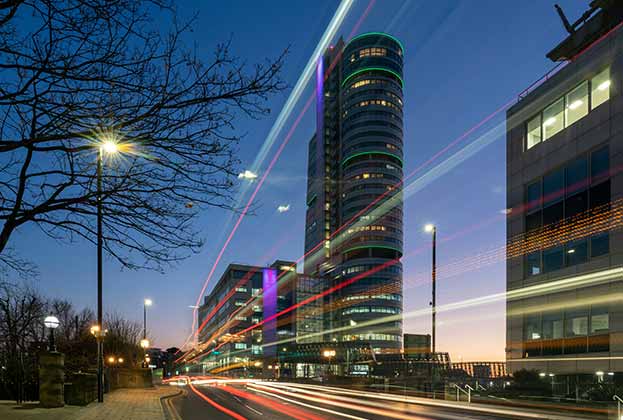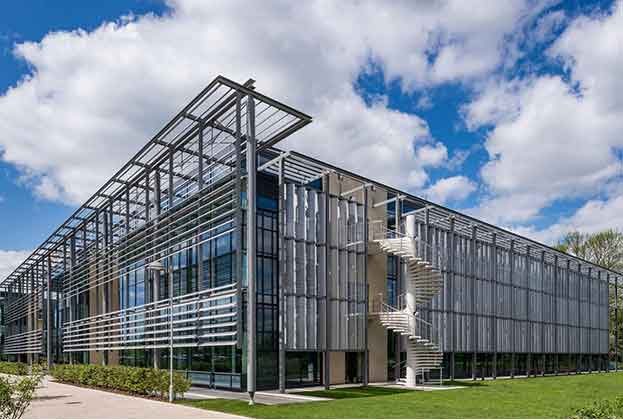The debate around what people want in their workplace has amplified following the pandemic. Typically discussion has centred around working protocols; open plan versus enclosed offices; agile working or fixed seats, as well as how to achieve confidentiality and privacy.
Some firms are facing challenges getting employees back to the office. In such cases, a detailed, evidence based workplace strategy which can be translated into a Proof Of Concept (POC), to road test the future working environment for a firm, may hold a solution. Evidence is vital and should be based on surveys, interviews, and observations. This will ensure that the decisions made are based on facts, rather than assumptions.
With some evidence showing that lawyers can be more resistant to office changes than most, and given the legal profession is also contending with many other constantly changing trends, we are seeing particular benefits to POCs being carried out in the sector, to help design the optimal, tailored solution for firms.
The Power of POC
The POC serves as a trial run, allowing firms to test the identified changes proposed to their existing environment. It provides a tangible experience of the future workplace, albeit at a reduced scale, and enables feedback from the occupants so that adjustments can be made well in advance of a full relocation project. This ensures that concepts can be thoroughly examined, refined, and effectively communicated.
An Authentic Facsimile
The primary goal of a POC is to create the future environment, at an appropriate size, to enable users to fully experience the workplace through an authentic facsimile of proposals. The elements that will be tested could be both physical - workplace settings and sizes, introduction of collaboration and meeting spaces, and new finishes and materials - and / or operational: non allocated seating or activity based working. Ideally, the POC should be constructed either in the existing building or a location nearby to maintain required adjacencies and business continuity. The size should be sufficient to accommodate the intended settings, with a recommended minimum of 8,000 to 10,000 sq ft. If cohorts are to be rotated, they should be in occupation for a minimum of four months, carrying out pre- and post-occupancy surveys to gather feedback.
Building the Right Team
To execute a successful POC, it’s essential to assemble the right team and find leaders who are eager to experiment and embrace change. Effective communication is crucial, ensuring that users are well-informed while encouraging feedback and being ready to listen and make adjustments based on the insights received. Many workplace changes involve new technology to support these ways of working and it’s key to engage with specialists early in the process to leverage cutting-edge solutions in order to enhance the overall experience.
Engaging Through Evidence
While the design of the POC is data-driven, it’s equally important to incorporate personal stories that employees can relate to. Promote the space to generate awareness, spark curiosity, and make it the talk of the town. By committing to the study and being courageous in implementing changes, organisations can uncover new opportunities to shape the future of a firm.
The workplace environment significantly impacts health, wellbeing, engagement and productivity. As such, it is crucial to create the best possible working environment to enable people to work at their best. A POC provides a possible solution to future-proof the office and adapt to changing trends. Ultimately, by delivering a POC organisations can gather valuable insights, make informed decisions, and effectively convey the future workspace to employees.
Further information
Contact Yetta Reardon Smith or Dan Gardner








(1).jpg)

